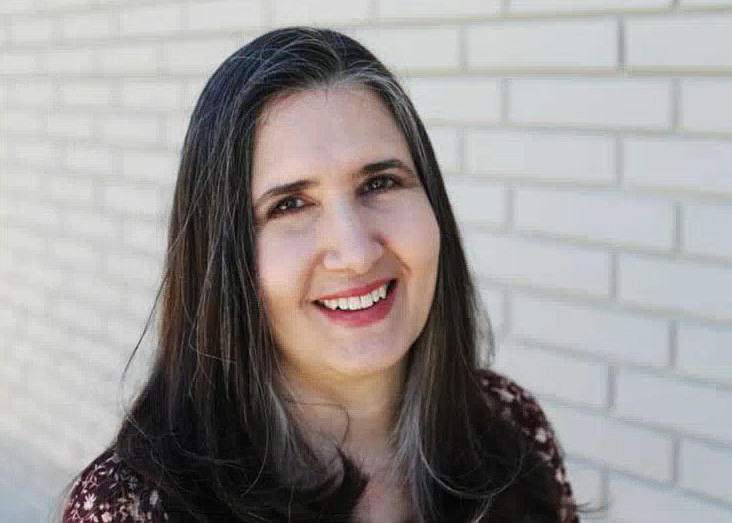Sholeh: Old housing formula offers new hope
Once upon a time in communities the world over, homes tended to be multigenerational. On farms or in town, grandparents, adult children, and grandchildren — or some other combination of relations — shared space. Typically, everyone chipped in; those capable earned income and contributed to family expenses. Others watched the little ones or handled hearth and home.
Beyond the obvious economics, research indicates there are psychological benefits to multigenerational living. Living alone has been associated with greater feelings of depression, stress and shorter life spans (Age and Aging, November 2021). According to March 2022 Pew Research, most adults in multigenerational households report feeling “positive” and call it “rewarding.”
Sure, there was less privacy. But it also made it hard to be lonely. In multigenerational home life seniors were unlikely to die alone (or in a facility) and parents of young kids weren’t so overwhelmed. Pooling resources, help and workloads made practical sense. It’s just how people lived, out of practical necessity as well as cultural habit, at least until shifting economies and lifestyles took Americans our separate ways.
Getting away from communal living brought pluses, but strong minuses, too. We have more privacy and, perhaps, independence. Yet we also have more pressures.
Costs weigh more heavily on fewer shoulders. Family life has become scattered in more directions than most are happy with; too much “busy” and not enough focused family time. More older people are lonely and, sometimes, bored. Thanks to modern home prices, even young adults with degrees who work full-time have trouble making ends meet. The affordable “starter home” seems to be a thing of the past.
Maybe it’s time to revive multigenerational living.
Coeur d’Alene City Councilor Kiki Miller thinks so. In her May 26 guest opinion in The Press, she described multigenerational housing as a potentially convenient, and less expensive, solution for both younger and older generations. Modern construction in the Northwest includes floor plans with two separate entrances and independent living units.
Picture two outer doors; two sets of kitchens, living areas and bathrooms; and enough separation to afford a little privacy. One driveway, one building, one set of utility bills in a neighborhood setting. That’s cheaper than assisted living for seniors who might need a little help, and a lot easier than running back and forth between addresses to visit, help or babysit grandchildren.
Fewer errands, pooled resources, and the emotional security of family connections. The same floor plans can be used for non-family friend and roommate situations, for example, or folks who want life in a “real” house and neighborhood but can’t afford the average home price alone.
As Miller points out, all the while preserving the character of a neighborhood of what we used to call single-family homes.
There are drawbacks, of course. Especially at lower income levels the space crunch can be difficult and more stressful. Agreeing to rules and limits would be necessary to respect privacy, manage expectations and fairly divide household chores and expenses.
Multigenerational living isn’t for everyone, but for some, it just may be the right solution. Sometimes humans come a long way just to circle back in history.
• • •
Sholeh Patrick is a columnist for the Hagadone News Network who wishes her family had this option years ago. Email sholeh@cdapress.com.

